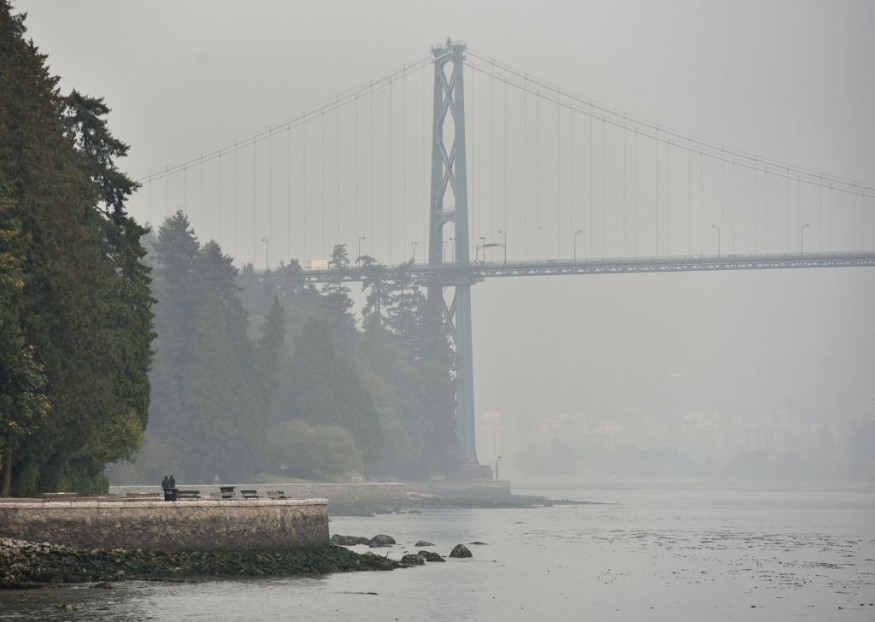Air pollution inequality in the U.S. West Coast is aggravated by drought and heatwaves, according to a new study led by researchers from North Carolina State University.
The findings point out that extreme heat can make matters worst for communities in California already burdened with air pollution, especially affecting people based on their socio-economic status, which is explained in the study.
In 2018, California has been designated by authorities to have the dirtiest air in the world due to the air pollution and toxic particulate matter released by recurring, massive wildfires that year.
In addition to greenhouse gas emissions released by public transport and industries, smoke emitted from California wildfires can be dangerous or pose respiratory health hazards.
West Coast Air Pollution Inequality

In the study published in the journal Nature Communications, the research team explained that the relation between the West Coast air pollution inequality with dry conditions and extreme heat is simple.
Droughts reduce hydropower production, while heatwaves increase electricity demand. These dynamics forces utility operators to depend more on fossil fuel power plants.
However, the team said little is known about the impact of droughts and heatwaves to county-level health damage from power plant emissions.
To determine such findings, the researchers used the Golden State as a case study and simulated power plant emissions within '500 synthetic weather years.'
Also Read: Microplastic Pollution: California State Government Adopts Strategy of Microplastic Cleanup
Synthetic Weather Years
The research team derived the term synthetic weather years from 500 different scenarios of potential weather conditions could look like in future years. This came after they estimated emissions of nitrogen oxides, sulfur dioxide, and fine particulate matter from power plants across California.
This projected weather model in the future simulated conditions that might occur based on historical air, wind, temperature, and solar radiation values along the U.S. West Coast between 1953 and 2008.
Using this data, they analyzed the location of power plants across the state and how much electricity they would produce under different weather conditions.
North Carolina State University Assistant Professor, Jordan Kern, explained the worst air pollution could occur in the hottest, driest years, due to the high demand for more air conditioning during hot years, as cited by Phys.org.
However, extreme heat could also damage power generators, which makes them more expensive to operate, which could affect low-income communities, according to the study.
In summary, the study's findings highlight that the aggravating-effect of drought and heatwaves to existing air pollution in a certain community will depend on their capability to afford electricity and air conditioning.
Drought and Heatwaves
In recent years, scientists have found a long-term megadrought in the southwestern region of North America, which includes California.
Aside from wildfires, California is vulnerable to extreme events like droughts and heat waves, which could further stress energy and water resources, as well as cause socio-economic, environmental, and health repercussions, according to a separate study published in the American Meteorological Society.
© 2025 NatureWorldNews.com All rights reserved. Do not reproduce without permission.





